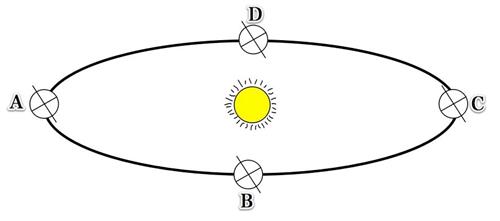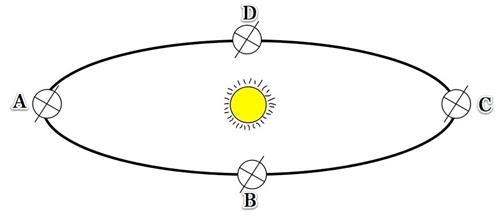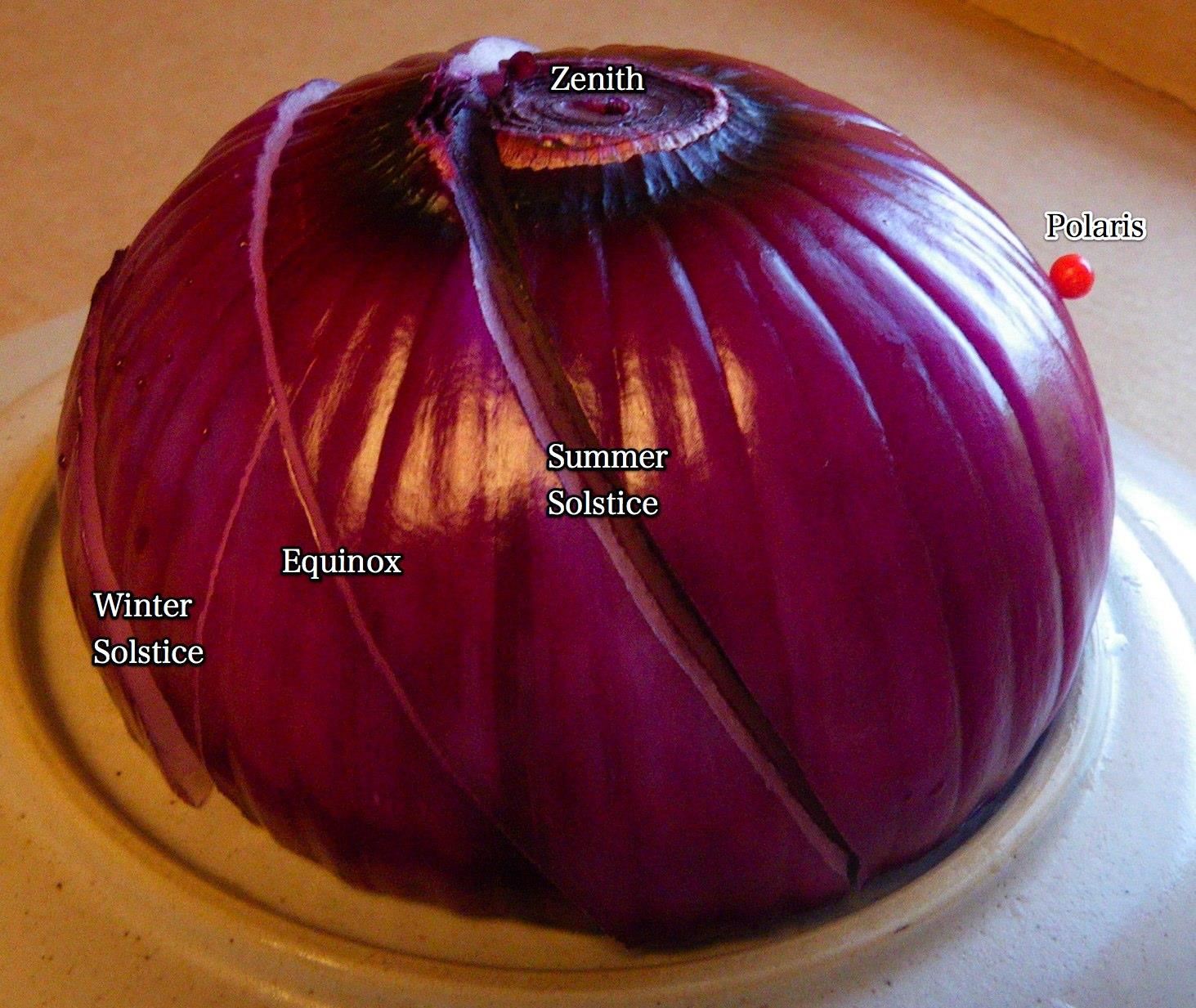-
Earth Science Journal!
#14: Happy Winter Solstice!
Date: 12/20
Sunrise in the Northern Hemisphere

Remember when I took the photo of the sunrise on the equinox?
In the above photo, which direction is North, South, East, and West?
|Due East in toward the Equinox, North is to the left, South to the right.|
On the Winter Solstice, we will have the shortest amount of daylight of any day of the year, and the sun gets to its lowest point in the sky at solar noon.
This is because the tilt of the earth's axis is pointed away from the sun. This means that the northern hemisphere gets less direct sunshine and fewer daylight hours.And so it gets cold!
People often confuse the reason for the seasons with our planet's elliptical orbit.
Let's investigate!1. What are the reasons for the seasons?1. The Axis of the Earth is tilted 23.5 degrees.2. The axis remains parallel, pointing toward Polaris.3. The Earth revolves around the Sun, tilting either toward or away from the Sun.As the earth revolves around the sun, the tilt of the earth's axis makes either the Northern or Southern hemispheres receive more or less direct insolation (solar radiation) and more or less insolation hours.
This represents the Earth's orbit around the Sun.
2. Which way do you think the Earth revolves around the sun?
Clockwise or Counterclockwise (from above the North Pole)

Counterclockwise!
All planets revolve in the same direction around the sun!
That is because it was formed in the same way, at the same time, 4.6 billion years ago.

Shade in the nighttime.


Notice how the Arctic Circle is completely on the night side today.
Those positions mark the first day of the season.Can you bracket the summer and winter seasons?

Today is the first day of winter.
Winter happens as we revolve around the sun.

12 months in one revolution = 1 year.
12 months/4 seasons = 3 months per season!

Where was the Earth when you were born?
That explains why you have a Zodiac sign.Sort of...
3. Explain the reason for your Zodiac sign.
The tilt of the Earth's axis makes our seasons change.

Where is the Earth today?The answer is position A.

How about this perspective?The answer is position C.
4. If the Earth is closer to the Sun today, why aren't we in position B or D?
After all, they look closer.
This image is drawn on the side so we can figure out the solstices.

5. How many people in the video below get the reasons for the seasons wrong?
Reflection: List three things that you learned from this lesson?
Bonus
Summarize the following videos.And make a model showing the different paths of the sun throughout the year for a specific latitude.

Use this website for help
http://astro.unl.edu/naap/motion3/sunpaths.html

